The Cost of Entry is a Heartbeat
(2020)
Salima Punjani
“The Cost of Entry is a Heartbeat” by Salima Punjani is inspired by the current global pandemic and curiosity about the process of resocialization that will follow it. The fear, doubt, uncertainty and unpredictability associated with the pandemic can be unsettling to our individual and collective nervous systems. Isolation is encouraged or enforced as a way to keep us safe. This work aims to invite people to take part in a ritual of collective rest and togetherness using heartbeat data as the core connecting element of the piece combined with sounds collected in a number of Budapest’s thermal baths. It is an exploration of resocialization, and what it means to come together again.
Heartbeat data was collected using a pulse sensor which measures the light differentiation as blood flow changes due to a participant’s heart beat. As participants entered the room, they were invited to place their finger on the sensor and their heart beat per minute (BPM) was measured. Each performance invited up to 4 people to take part and each person was given a POSYX motion tracker that followed them with the collective BPM of the combination of participants.
A custom spatial sound shape was developed that would expand and amplify the sound and intensify the vibration of the collective heartbeat as people became closer to each other, and would contract as they moved apart.
![]()
As people entered the room, they had the option of exploring a number of different “bath” areas including a sauna, steamroom, cold water immersion pool and an effervescent bubble bath. Each of the rooms was designed with lights, aromas, vibrations and spatial sound so that people could have many different entry points in experiencing the space. The vibrational and multisensory elements of The Cost of Entry is a Heartbeat were intentionally developed with equal focus as the audible elements so Deaf and Hard of Hearing people could feel welcome to attend the piece.
Intrigued by the way thermal baths transformed the individual, isolated act of bathing into a public ritual, Salima decided that it would be an appropriate soundscape to accompany the heartbeats. While exploring Budapest’s thermal baths, the artist intentionally recorded sounds that she found uncomfortable or disturbing as well as relaxing. For instance, the primal screech of a sauna door opening contrasted with the rhythmic sound of rocks heating the room. These contrasting elements added elements of unpredictability into the room, provoking and easing the experience.
At the end of the piece, participants were invited to join the artist in the centre of the room, their proximity resulting in a powerful intensification of the sound and vibrations of the heartbeat, metaphorically bathing in the sound of their collective heartbeat, and providing a moment of transition before leaving the space.
Heartbeat data was collected using a pulse sensor which measures the light differentiation as blood flow changes due to a participant’s heart beat. As participants entered the room, they were invited to place their finger on the sensor and their heart beat per minute (BPM) was measured. Each performance invited up to 4 people to take part and each person was given a POSYX motion tracker that followed them with the collective BPM of the combination of participants.
A custom spatial sound shape was developed that would expand and amplify the sound and intensify the vibration of the collective heartbeat as people became closer to each other, and would contract as they moved apart.

As people entered the room, they had the option of exploring a number of different “bath” areas including a sauna, steamroom, cold water immersion pool and an effervescent bubble bath. Each of the rooms was designed with lights, aromas, vibrations and spatial sound so that people could have many different entry points in experiencing the space. The vibrational and multisensory elements of The Cost of Entry is a Heartbeat were intentionally developed with equal focus as the audible elements so Deaf and Hard of Hearing people could feel welcome to attend the piece.
Intrigued by the way thermal baths transformed the individual, isolated act of bathing into a public ritual, Salima decided that it would be an appropriate soundscape to accompany the heartbeats. While exploring Budapest’s thermal baths, the artist intentionally recorded sounds that she found uncomfortable or disturbing as well as relaxing. For instance, the primal screech of a sauna door opening contrasted with the rhythmic sound of rocks heating the room. These contrasting elements added elements of unpredictability into the room, provoking and easing the experience.
At the end of the piece, participants were invited to join the artist in the centre of the room, their proximity resulting in a powerful intensification of the sound and vibrations of the heartbeat, metaphorically bathing in the sound of their collective heartbeat, and providing a moment of transition before leaving the space.
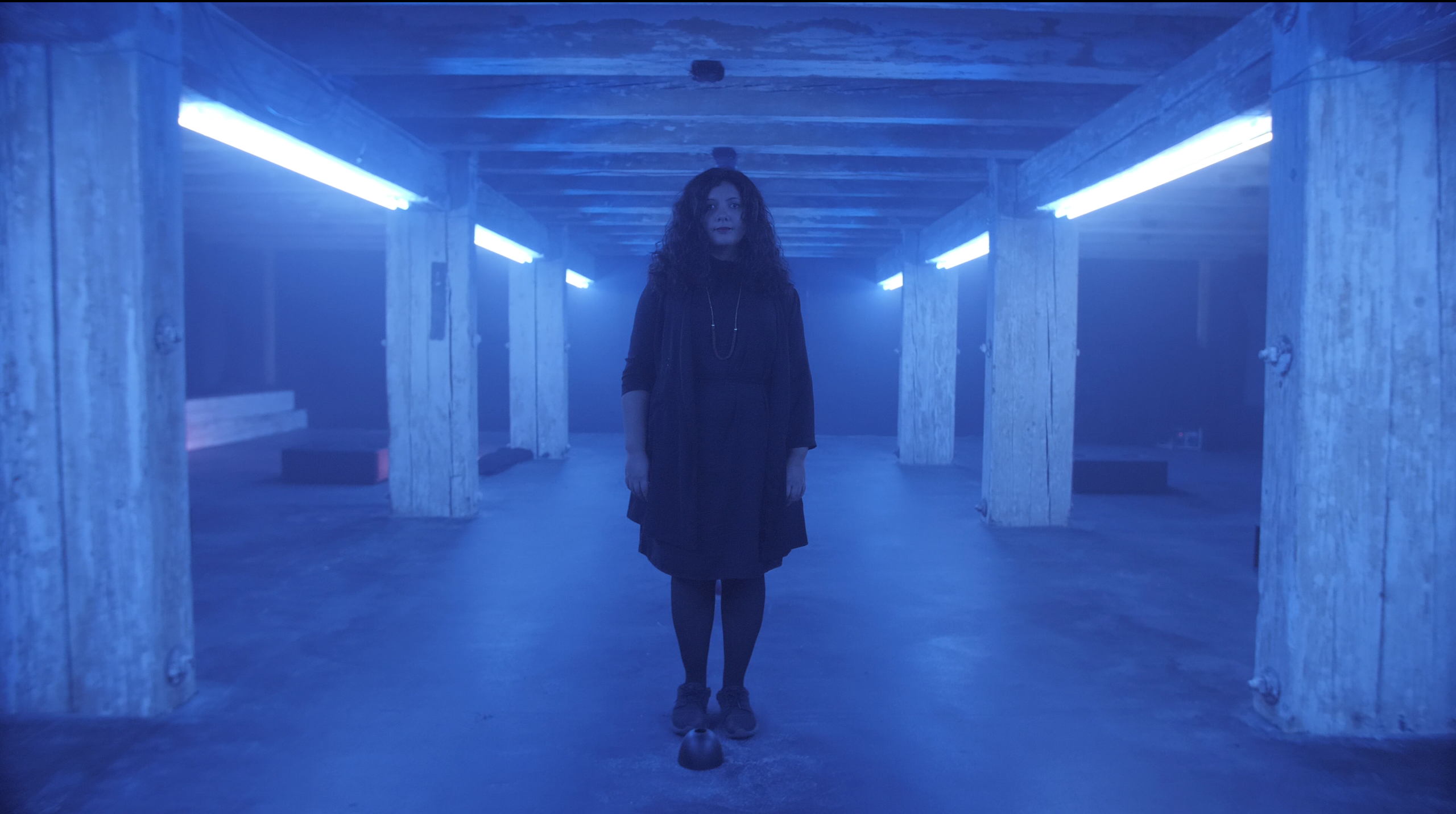
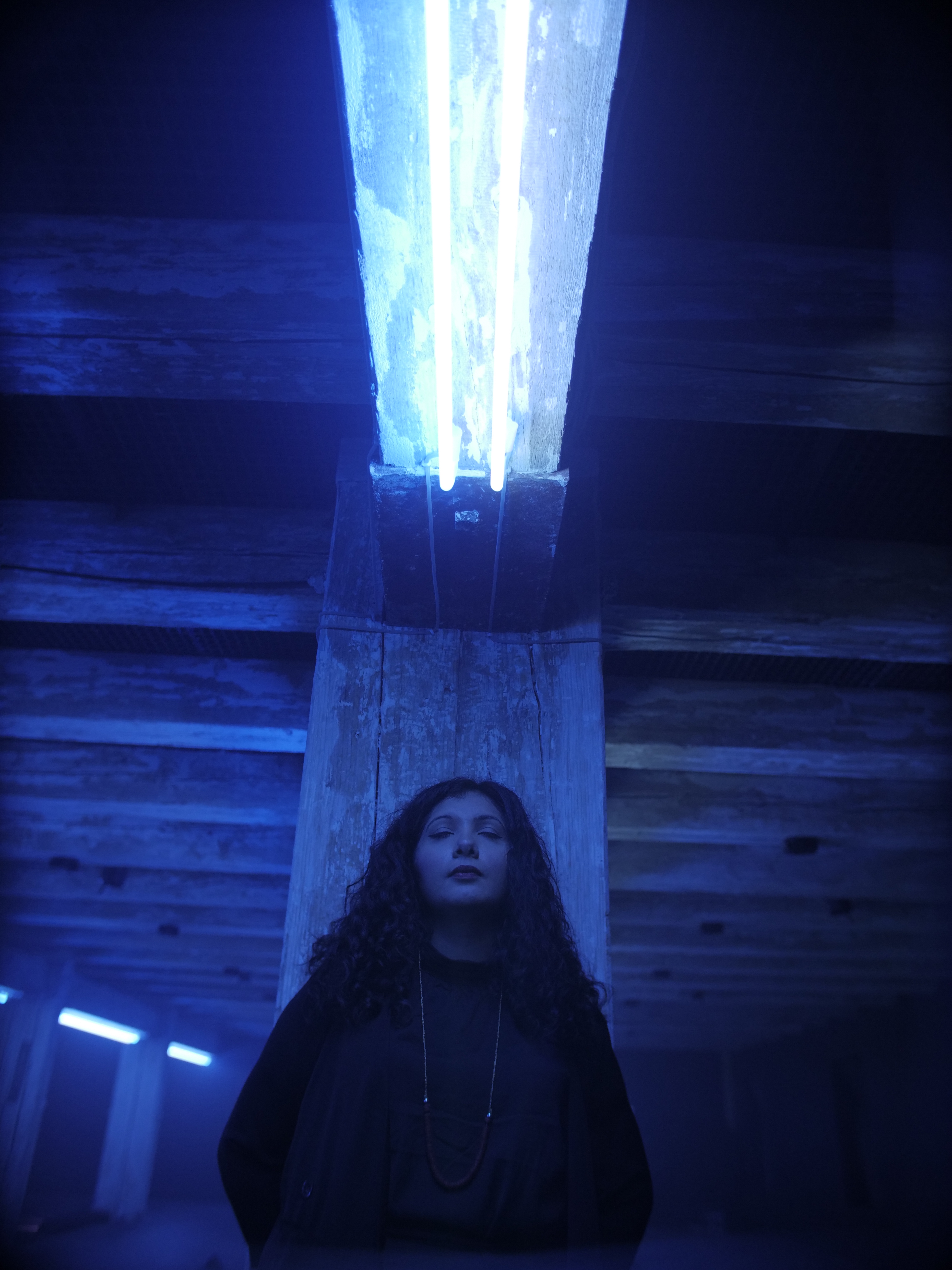
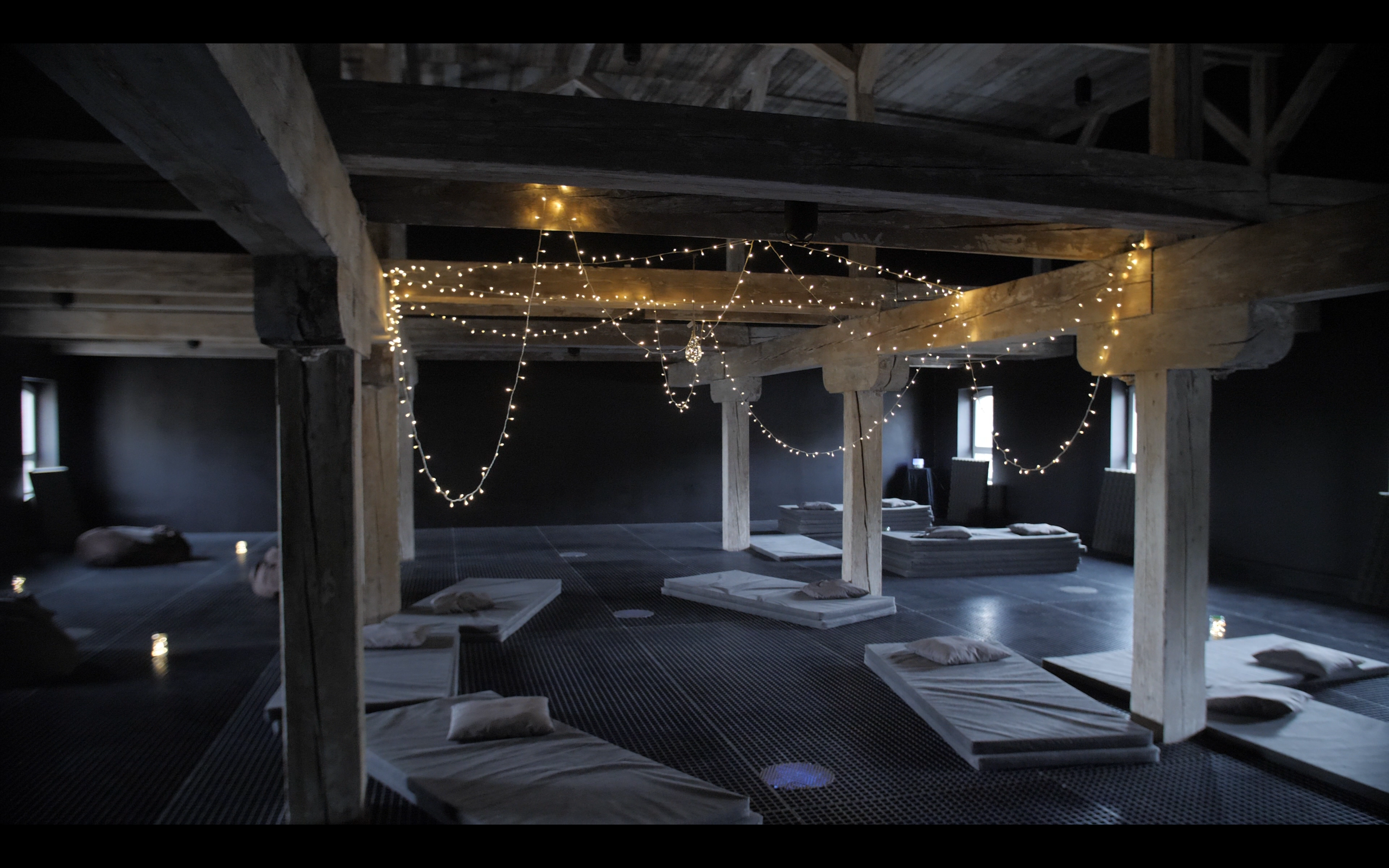
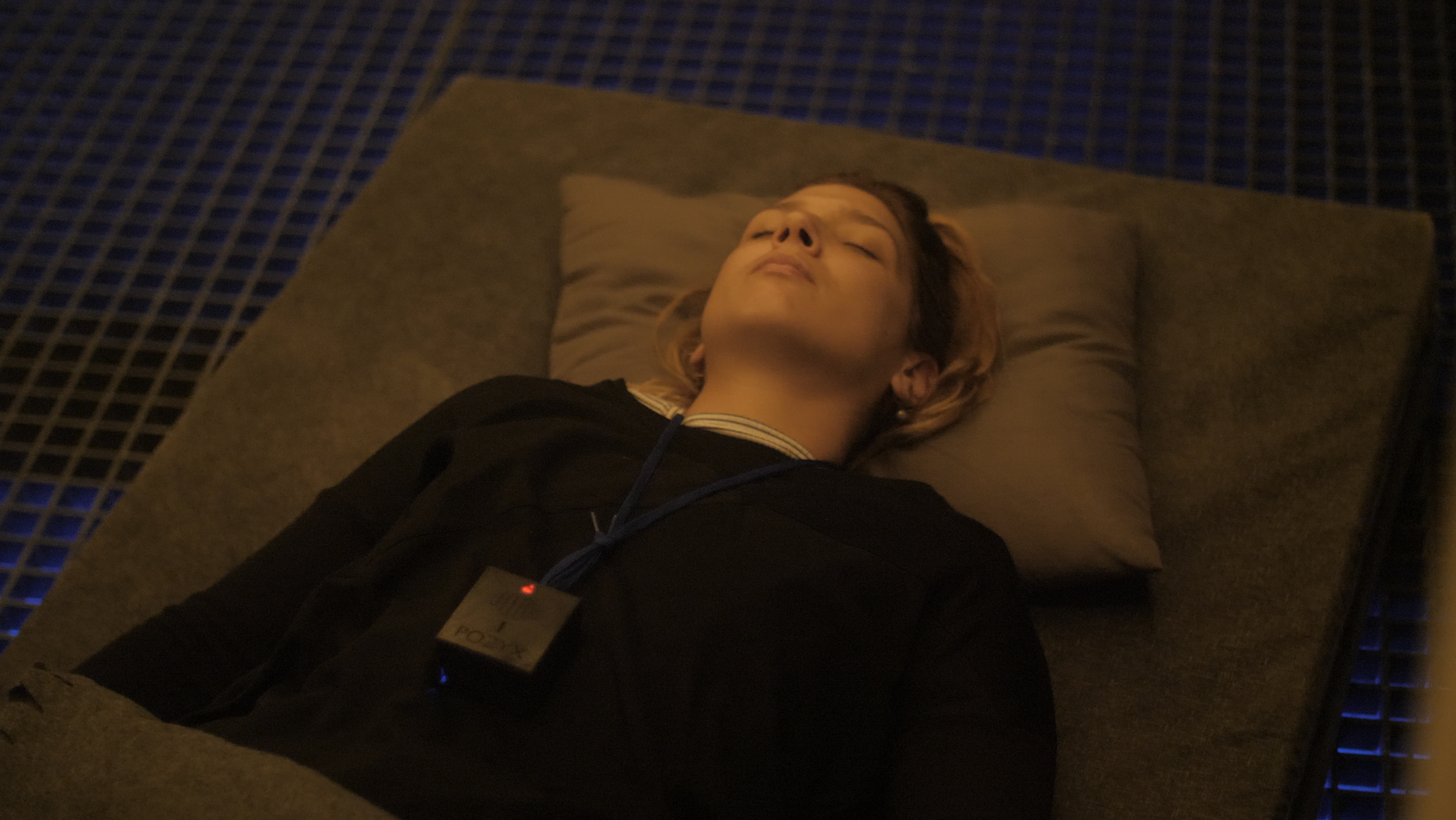
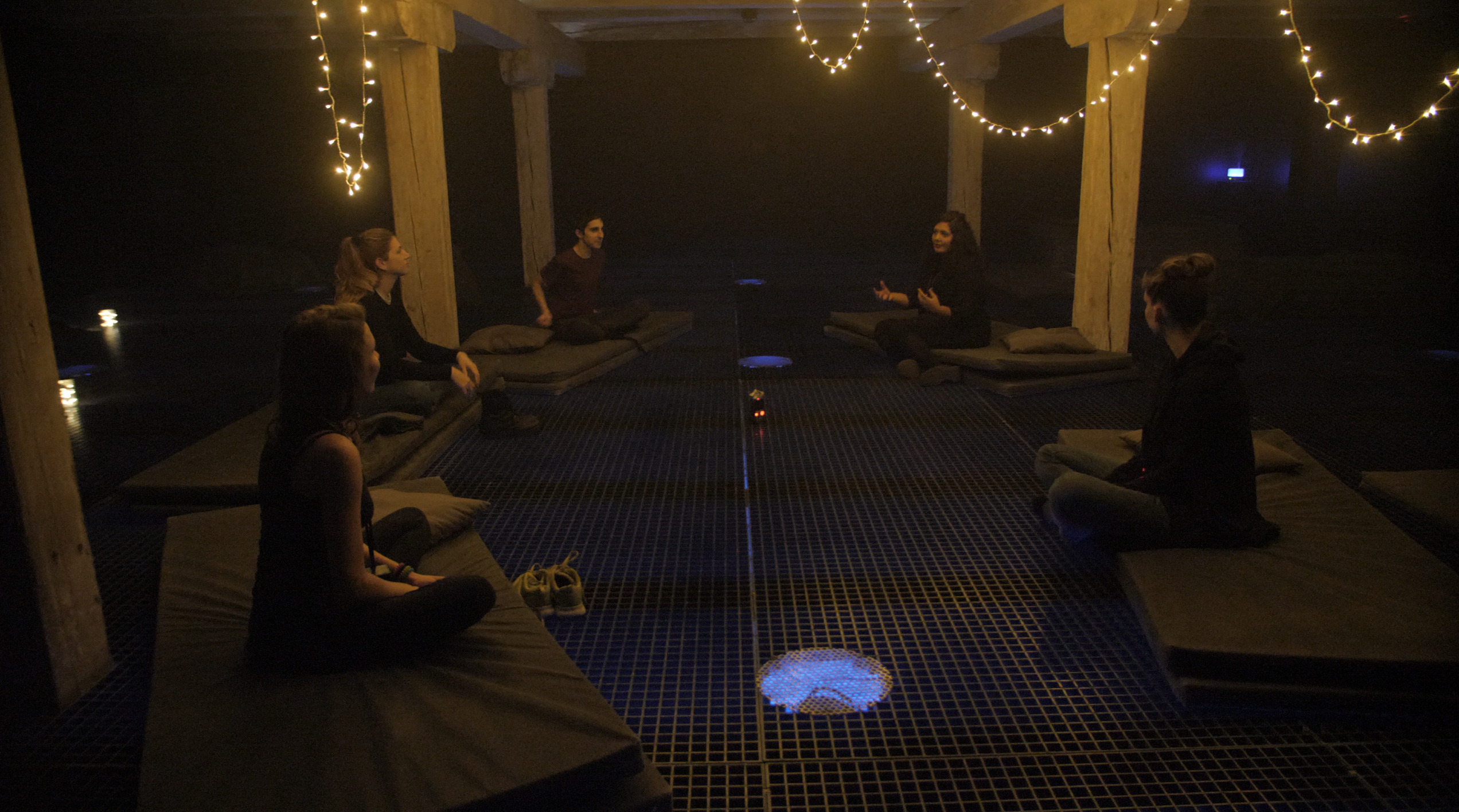
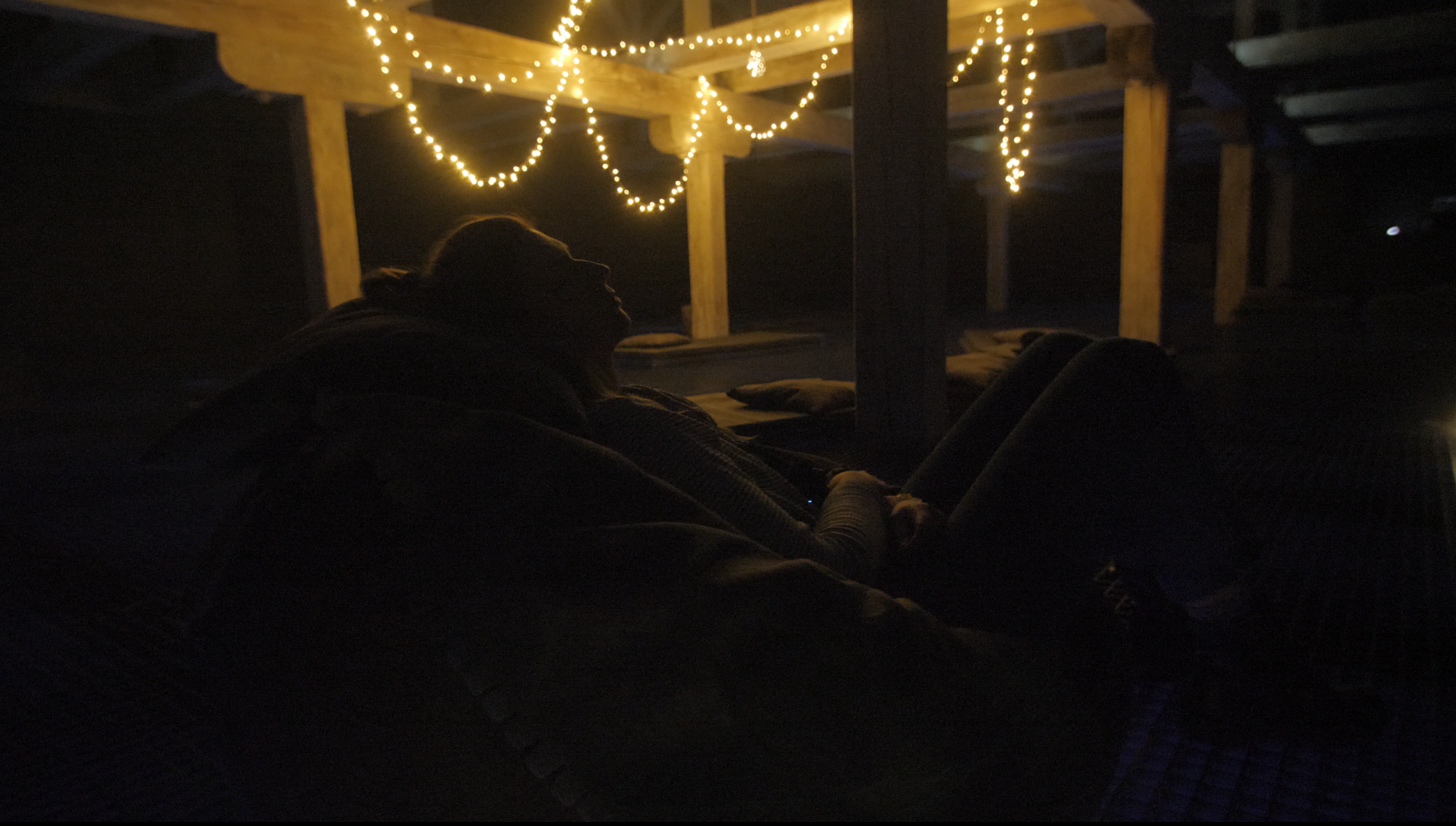

The creation of this work was made possible with the support of the Conseil des arts et des lettres du Québec and Canada Council for the Arts.
-
Photo credit: Bence Mladin SSI Video/Photographer
related:


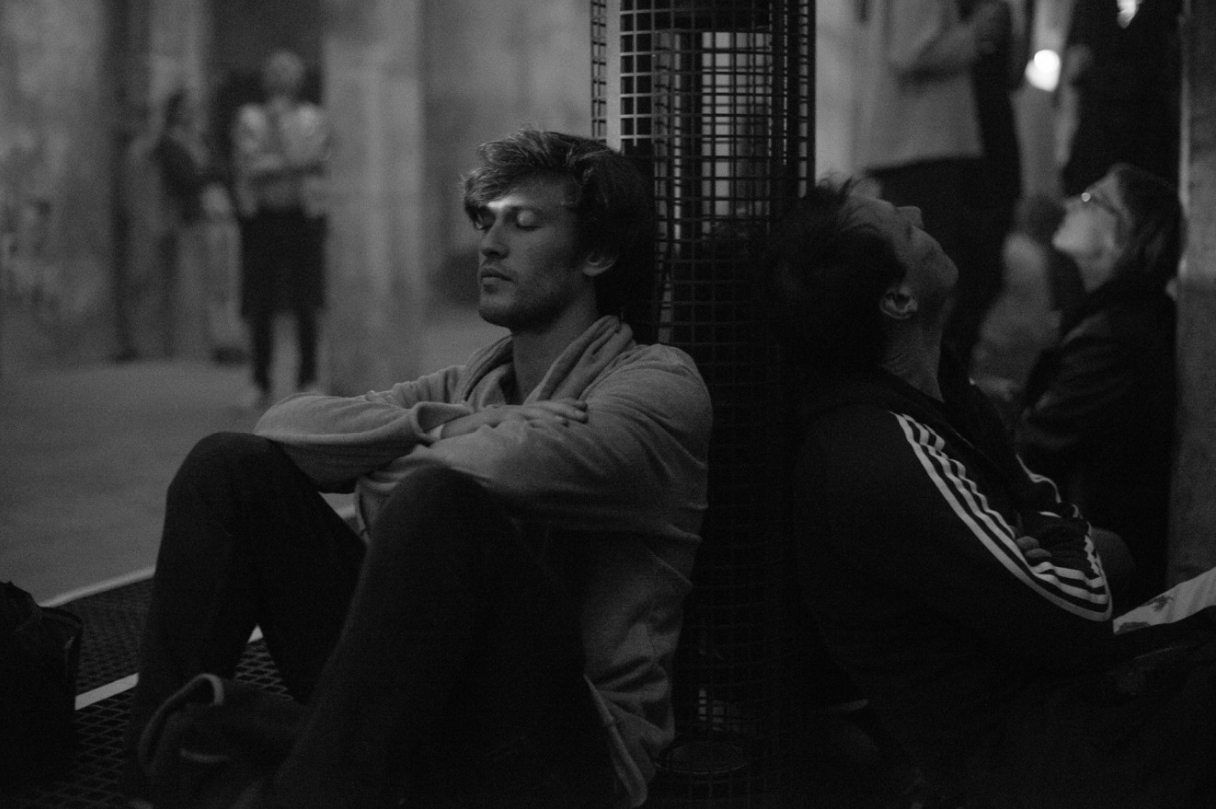 Learning to Listen Again (2017) [PUBLICATIONS]
Learning to Listen Again (2017) [PUBLICATIONS]